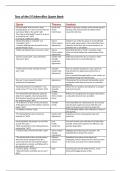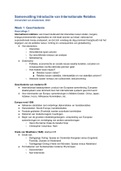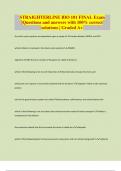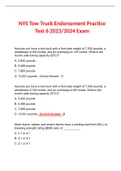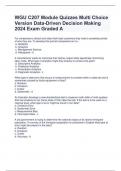Samenvatting
Summary Hidden Hunger: Micronutrient Deficiencies in Low and Middle Income Countries - HNH39806
- Vak
- Hidden Hunger: Micronutrient Deficiencies in Low and Middle Income Countries - HNH39806 (HNH39806)
- Instelling
- Wageningen University (WUR)
Summary of all information given in the course Hidden Hunger
[Meer zien]







